Rain leaves at least 96 dead in Rio
At least 96 people have died in and around Rio de Janeiro in the heaviest rains in more than 40 years.
Wednesday, 07.04.2010.
09:49

At least 96 people have died in and around Rio de Janeiro in the heaviest rains in more than 40 years. The rain caused hillsides to collapse and flooding to spread across Brazil's second-largest city. Rain leaves at least 96 dead in Rio Most of the deaths tallied as of late Tuesday resulted from landslides that rolled over houses and sent mud and rock cascading onto roads as houses stood under water and fallen trees crushed cars. Traffic came to a halt, and tunnels were closed because of flooding. Rio Mayor Eduardo Paes described the city as being in "absolute chaos" because of rains that began Monday night. Thousands of firefighters were deployed in the metropolitan area that is home to about 12 million people. Some succeeded after hours of digging to rescue people trapped in collapsed houses. The number of dead could continue to rise because an unknown number of people remained buried in the mudslides that crushed their homes in Rio's hillside "favelas," or slums, and in the neighboring towns of Niteroi and Sao Goncalo. "There will probably be more deaths since there are several sites of mudslides where rescue efforts are ongoing, especially in the Niteroi region," Civil Defense Secretary Sergio Cortes said. Paes asked residents to remain at home so as not to hinder the movements of rescue teams, but there were also urgent calls for slum dwellers to evacuate their precarious shacks. According to Civil Defence officials, there were 140 mudslides and more than 40 homes collapsed since Monday in Rio alone. Rio de Janeiro state Governor Sergio Cabral said the 20 hours of rain were the most intense the state had ever faced. According to the meteorology institute ClimaTempo, the first 14 hours of rain produced double the 9.9 centimeters normal for April. It was the heaviest rainfall since 1966 - and more rain was forecast. Most at risk were residents of hilly favelas, where many houses are poorly or illegally built. In the Rio neighborhood of Santa Teresa, a mudslide buried shanty homes in the Morro dos Prazeres favela, killing 15 people. Rescue workers fought in the rain to find victims under a mudslide in Rio Comprido neighborhood, where mud buried three homes holding an estimated 15 to 20 people. Eleven people were missing in Jacarepagua after a mudslide, and five people died in their collapsed home in the Morro dos Macacos favela in the Vila Isabel neighborhood. Meanwhile, authorities emphasized the need to stop illegal occupation on mudslide-prone hillsides of Rio de Janeiro, which is set to host in 2016 the first Olympic Games ever held in South America and is to be one of the venues for the 2014 World Cup. Brazilian President Luiz Inacio Lula da Silva, who watched the disaster unravel firsthand, said his government would help local authorities move poor residents out of such areas. "There needs to be a consciousness-raising effort to prevent people from occupying risk areas," Lula said. "We will show complete solidarity in a joint search for solutions to this problem." Cabral made a desperate call to stop improvised occupation of land. "We have to put an end to the populace-pleasing trend of allowing irregular occupations in areas of known mudslide risk," Cabral said. Paes, who became mayor less than a year ago, blamed deficiencies on his predecessors. "On a zero-to-10 scale, the degree to which Rio is prepared for rain like this is zero," Paes charged. Universities, schools and courts suspended their work as did the local legislature. Rain ironically forced Lula to cancel an event to launch public works in a favela, but he was undaunted about the city's recovery. "It does not rain everyday," Lula said. "Neither are there quakes everyday in Chile and Haiti." "We can only ask God to make the rain stop, so we can get on with life in the city," he said. Lula stressed that his government's resources, including the navy, are at the disposal of Rio authorities. "All the material help that the mayor and the governor may need is ready and at their disposal," he said. A scene from Rio (Beta/AP)
Rain leaves at least 96 dead in Rio
Most of the deaths tallied as of late Tuesday resulted from landslides that rolled over houses and sent mud and rock cascading onto roads as houses stood under water and fallen trees crushed cars. Traffic came to a halt, and tunnels were closed because of flooding.Rio Mayor Eduardo Paes described the city as being in "absolute chaos" because of rains that began Monday night.
Thousands of firefighters were deployed in the metropolitan area that is home to about 12 million people. Some succeeded after hours of digging to rescue people trapped in collapsed houses.
The number of dead could continue to rise because an unknown number of people remained buried in the mudslides that crushed their homes in Rio's hillside "favelas," or slums, and in the neighboring towns of Niteroi and Sao Goncalo.
"There will probably be more deaths since there are several sites of mudslides where rescue efforts are ongoing, especially in the Niteroi region," Civil Defense Secretary Sergio Cortes said.
Paes asked residents to remain at home so as not to hinder the movements of rescue teams, but there were also urgent calls for slum dwellers to evacuate their precarious shacks.
According to Civil Defence officials, there were 140 mudslides and more than 40 homes collapsed since Monday in Rio alone.
Rio de Janeiro state Governor Sergio Cabral said the 20 hours of rain were the most intense the state had ever faced.
According to the meteorology institute ClimaTempo, the first 14 hours of rain produced double the 9.9 centimeters normal for April. It was the heaviest rainfall since 1966 - and more rain was forecast.
Most at risk were residents of hilly favelas, where many houses are poorly or illegally built.
In the Rio neighborhood of Santa Teresa, a mudslide buried shanty homes in the Morro dos Prazeres favela, killing 15 people.
Rescue workers fought in the rain to find victims under a mudslide in Rio Comprido neighborhood, where mud buried three homes holding an estimated 15 to 20 people.
Eleven people were missing in Jacarepagua after a mudslide, and five people died in their collapsed home in the Morro dos Macacos favela in the Vila Isabel neighborhood.
Meanwhile, authorities emphasized the need to stop illegal occupation on mudslide-prone hillsides of Rio de Janeiro, which is set to host in 2016 the first Olympic Games ever held in South America and is to be one of the venues for the 2014 World Cup.
Brazilian President Luiz Inacio Lula da Silva, who watched the disaster unravel firsthand, said his government would help local authorities move poor residents out of such areas.
"There needs to be a consciousness-raising effort to prevent people from occupying risk areas," Lula said. "We will show complete solidarity in a joint search for solutions to this problem."
Cabral made a desperate call to stop improvised occupation of land.
"We have to put an end to the populace-pleasing trend of allowing irregular occupations in areas of known mudslide risk," Cabral said.
Paes, who became mayor less than a year ago, blamed deficiencies on his predecessors.
"On a zero-to-10 scale, the degree to which Rio is prepared for rain like this is zero," Paes charged.
Universities, schools and courts suspended their work as did the local legislature.
Rain ironically forced Lula to cancel an event to launch public works in a favela, but he was undaunted about the city's recovery.
"It does not rain everyday," Lula said. "Neither are there quakes everyday in Chile and Haiti."
"We can only ask God to make the rain stop, so we can get on with life in the city," he said.
Lula stressed that his government's resources, including the navy, are at the disposal of Rio authorities.
"All the material help that the mayor and the governor may need is ready and at their disposal," he said.



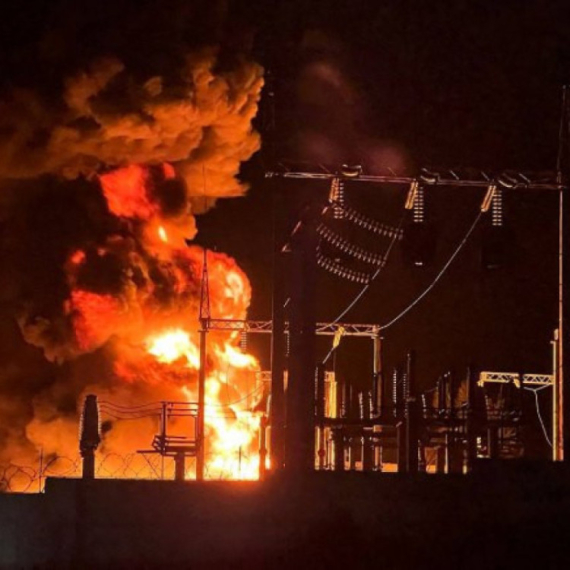
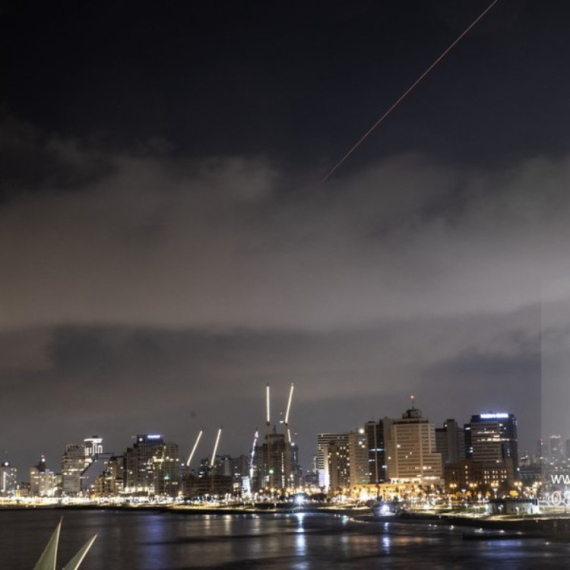





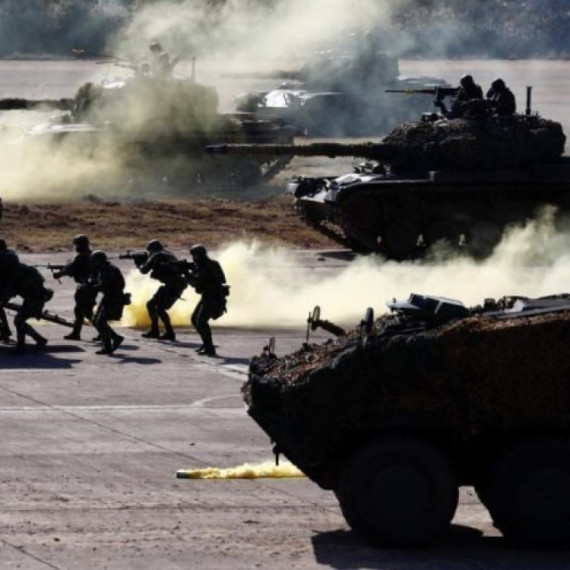




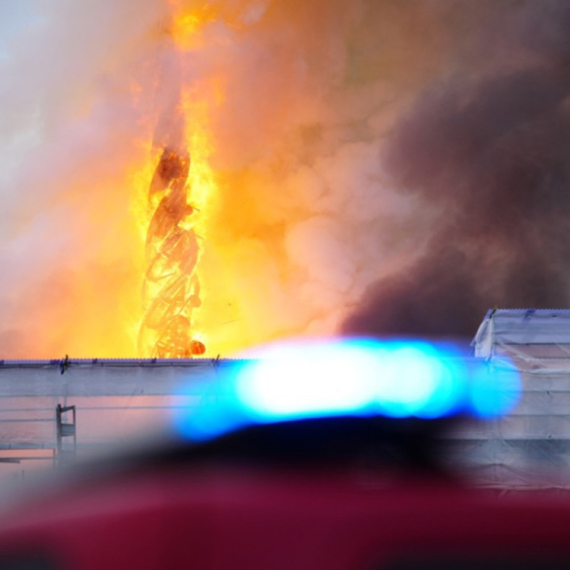
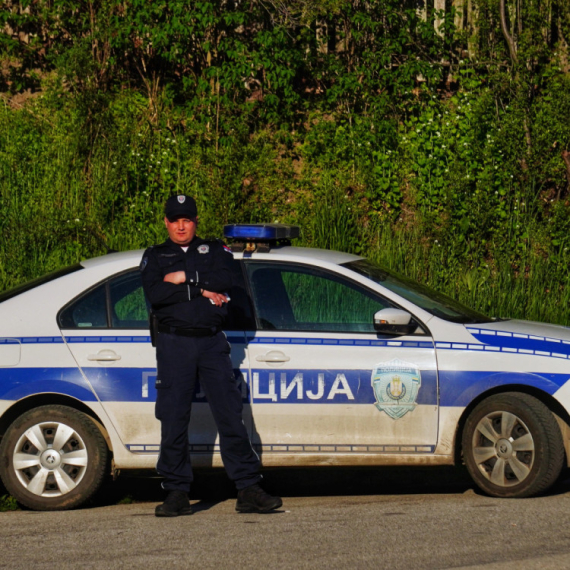
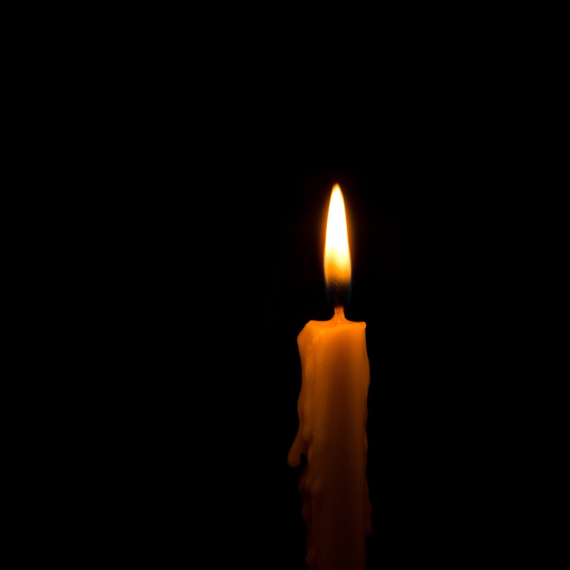












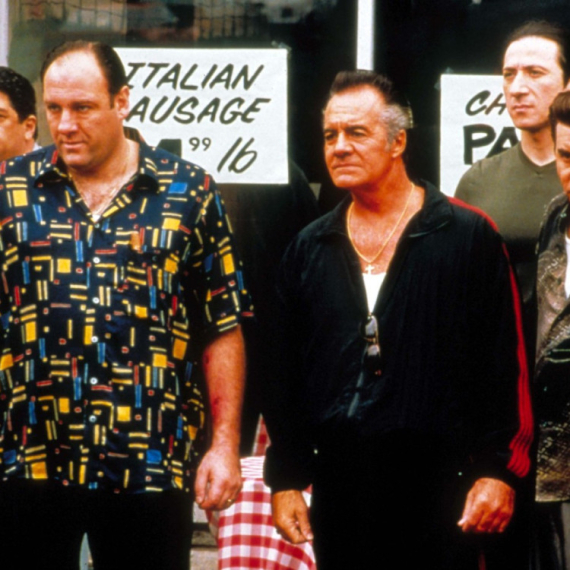




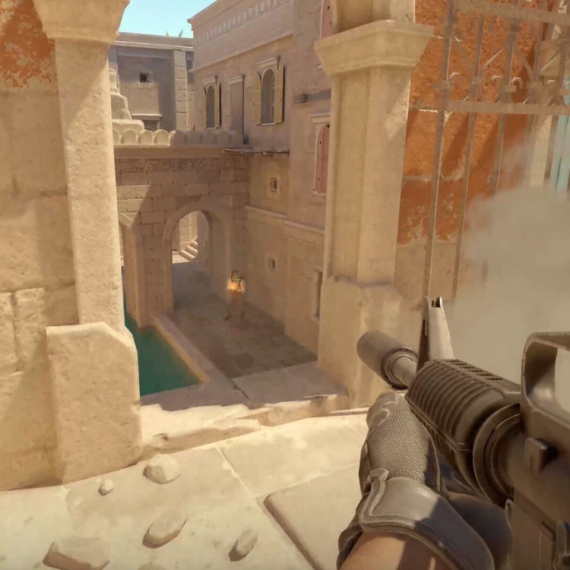

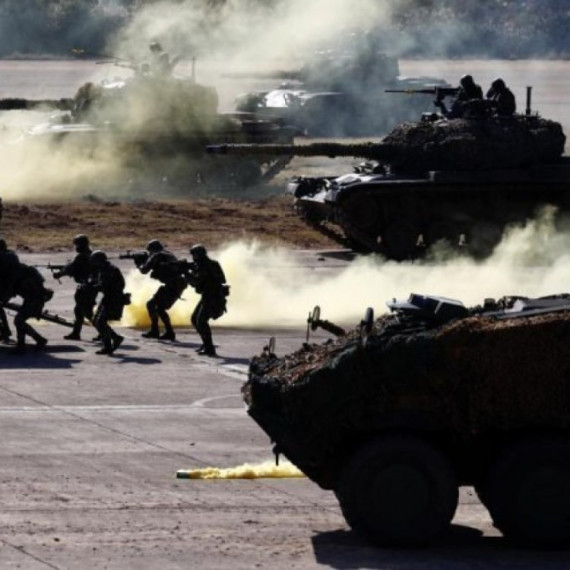

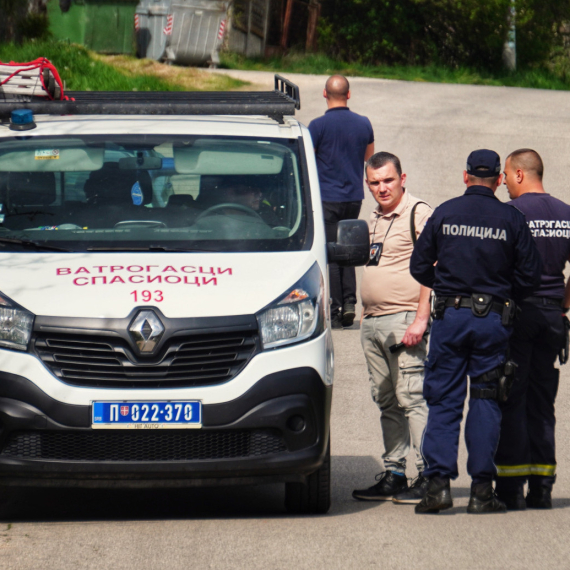
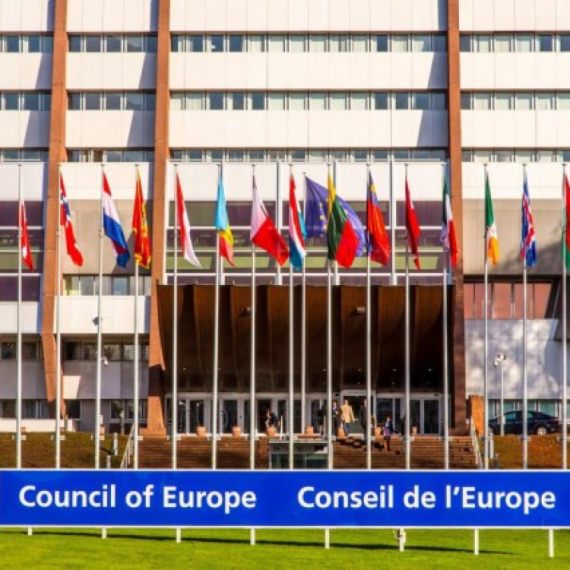





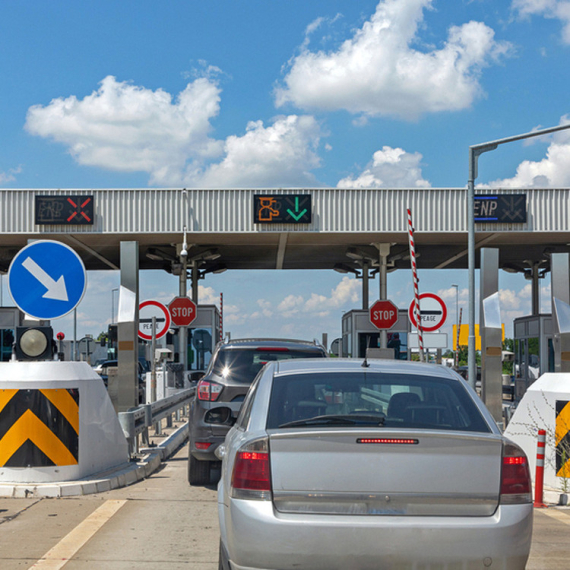

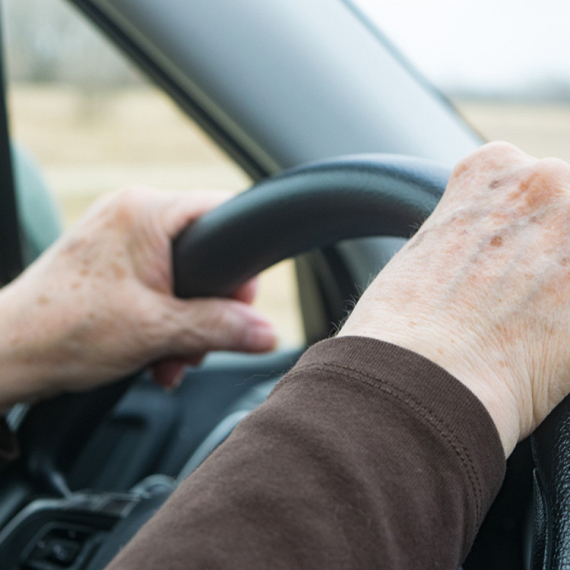


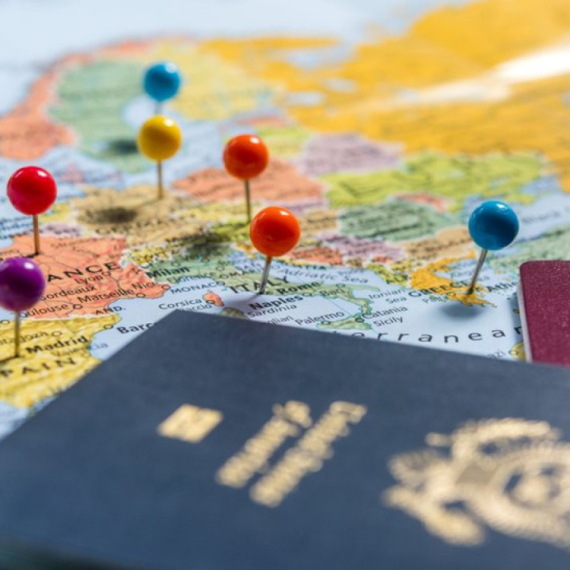
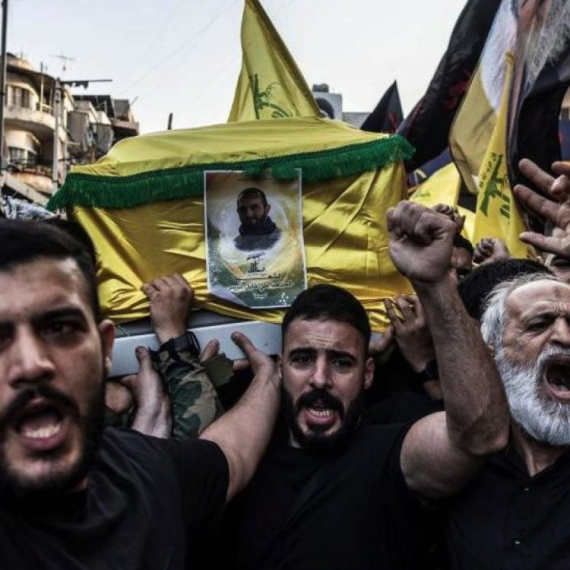



Komentari 0